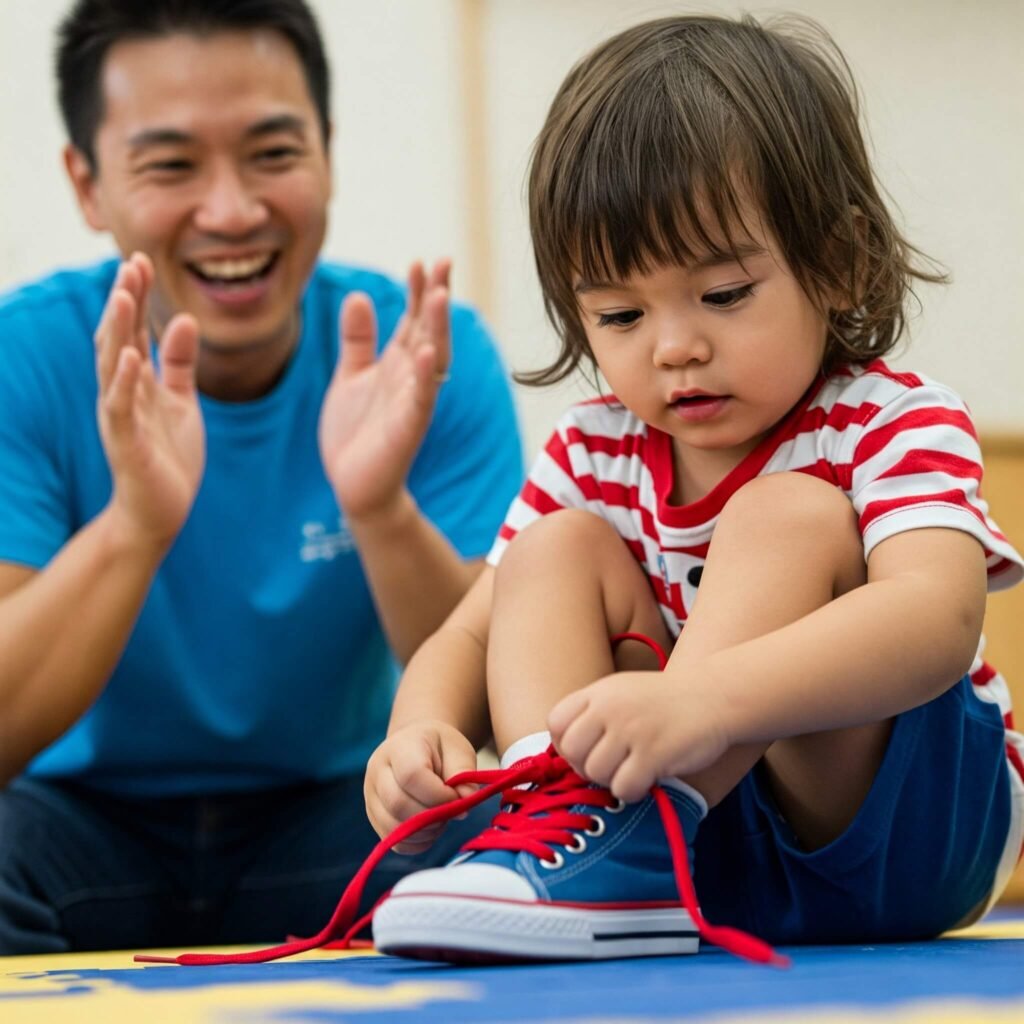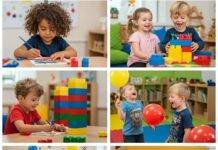Raising kids with confidence is one of the most rewarding aspects of parenting. By using positive reinforcement, parents can nurture self-esteem, resilience, and a growth mindset in their children. This blog post explores actionable strategies, real-world examples, and evidence-based insights to help you foster confidence in your kids while avoiding common pitfalls. Let’s dive into how you can empower your children to thrive!
Why Positive Reinforcement Matters in Raising Kids with Confidence
Positive reinforcement involves rewarding desired behaviors to encourage their repetition. Unlike punishment, which can create fear or resentment, positive reinforcement builds trust and motivates kids to make good choices. According to a study by the American Psychological Association, children who receive consistent positive reinforcement show higher self-esteem and better emotional regulation.

Key Strategies for Raising Kids with Confidence
Here are proven positive reinforcement techniques to help your child grow into a confident, capable individual:
1. Praise Effort, Not Just Results
When raising kids with confidence, focus on praising their effort rather than only their achievements. For example, instead of saying, “You’re so smart,” try, “I’m proud of how hard you worked on that puzzle!” This approach fosters a growth mindset, as outlined by psychologist Carol Dweck.
- Example: When 7-year-old Mia struggled with math homework but kept trying, her mom said, “I love how you didn’t give up!” Mia beamed and tackled the next problem with enthusiasm.
2. Use Specific, Sincere Compliments
Vague praise like “Good job” can feel empty. Instead, use specific compliments to show you’re paying attention. For instance, “You did an amazing job sharing your toys with your brother today” reinforces the exact behavior you want to see.
- Tip: Keep a “confidence journal” to note your child’s small wins. Share these moments during family time to boost their self-esteem.

3. Reward Systems That Work
Sticker charts, small treats, or extra playtime can be powerful tools for positive reinforcement. The key is consistency and ensuring the reward matches the effort.
- Example: For 5-year-old Liam, who was shy about speaking up in class, his parents created a sticker chart. Each time he shared an idea, he earned a sticker. After 10 stickers, he got a new book. Liam’s confidence soared as he saw his progress.
- Caution: Avoid over-rewarding, as it can reduce intrinsic motivation. Balance rewards with verbal praise.
Common Mistakes to Avoid When Raising Kids with Confidence
While positive reinforcement is powerful, missteps can undermine your efforts. Here’s what to watch out for:
Overpraising: Less Is More
Excessive praise can make kids dependent on external validation. A study from Stanford University found that overpraised children may avoid challenges to maintain their “perfect” image. Be genuine and selective with praise.
Ignoring Small Wins
Big milestones are exciting, but small steps matter too. Acknowledging everyday efforts, like trying a new food or tying their shoes, builds confidence over time.

How to Tailor Positive Reinforcement to Your Child’s Age
Raising kids with confidence requires adapting strategies to their developmental stage. Here’s a quick guide:
- Toddlers (1-3 years): Use immediate, tangible rewards like hugs or stickers. Example: Clap and say, “Great job stacking those blocks!”
- Preschoolers (4-6 years): Introduce simple reward charts and verbal praise. Example: “You’re so kind for helping your friend!”
- School-Age Kids (7-12 years): Focus on effort and intrinsic rewards. Example: “I’m impressed by how you practiced for the school play.”
- Teens (13+ years): Offer autonomy and acknowledge their choices. Example: “I admire how you handled that conflict maturely.”
Real-World Success Stories
Positive reinforcement isn’t just theory—it works in real life. Consider Sarah, a single mom of two. Her 9-year-old son, Ethan, struggled with low self-esteem after moving to a new school. Sarah started a “bravery board” where Ethan pinned notes about moments he felt proud, like joining a soccer game. With consistent praise for his efforts, Ethan’s confidence grew, and he made new friends within months.
Another example is Priya, a teacher who used positive reinforcement in her classroom. By praising students for collaboration rather than competition, she noticed a 20% increase in class participation over one semester, according to her informal tracking.
Actionable Takeaways for Raising Kids with Confidence
- Start Small: Pick one behavior to reinforce this week, like tidying up or speaking politely.
- Be Consistent: Use positive reinforcement daily to build habits.
- Involve Your Child: Let them choose rewards (within reason) to increase buy-in.
- Reflect Together: At bedtime, ask, “What’s one thing you’re proud of today?”
- Stay Patient: Confidence-building takes time, but the results are worth it.
Conclusion: Empower Your Child with Positive Reinforcement
Raising kids with confidence is about celebrating their efforts, guiding them through challenges, and creating a supportive environment. By using positive reinforcement strategically, you can help your child develop self-esteem, resilience, and a love for learning. Start implementing these tips today, and watch your child shine!



























